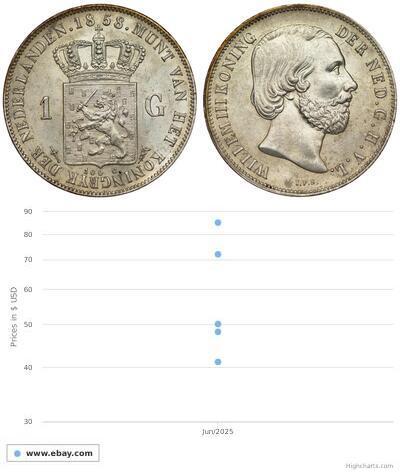(Verkauft für $125.0)
1850, British India, Mysore. Beautiful Gold "War Elephant" Fanam Coin. 0.3gm!
State: Mysore Condition: XF-AU! Mint Period: 1850s Denomination: Gold Fanam Reference: Michiner 976 var., KM-. Rare! Material: Gold! (21.6 karats - gold ducat purity!) Diameter: 7mm Weight: 0.3gm
Obverse: War elephant left.
Reverse: Geometric pattern.
A war elephant is an elephant that is trained and guided by humans for combat. The war elephant's main use was to charge the enemy, breaking their ranks and instilling terror. Elephantry are military units with elephant-mounted troops. War elephants were first employed in India, the practice spreading out across Southeast Asia and westwards into the Mediterranean. The Macedonian ruler Alexander the Great confronted Persian war elephantsduring his conquest of the Achaemenid Empire, and again faced war elephants during his Indian campaign (327–325 BC). Their most famous uses in the West were by the Greek King Pyrrhus of Epirus during the Pyrrhic War (280–275 BC) in Roman Italy and by the armies of Carthage, including by Hannibal during the Second Punic War. The Hellenistic armies of the Ptolemaic and Seleucid empires occasionally deployed war elephants against each other and others. They were also utilized by historical states in East Asia, particularly Champa in Vietnam and the Western Wei and Southern Han dynasties of China. War elephants played a critical role in several key battles in antiquity, but their use declined in the Middle Ages. With the spread of firearms in the early modern period, military elephants were restricted to non-combat engineering and labour roles, and some ceremonial uses. However, they continued to be used in combat in some parts of the world such as Thailand and Vietnam into the 19th century
Hyder Ali (Kannada: ಹೈದರ್ ಅಲಿ; Hindi: हैदर अली), Haidarālī; 1721 – 7 December 1782) was the sultan and de facto ruler of the Kingdom of Mysore in southern India. Born Hyder Naik, he distinguished himself militarily, eventually drawing the attention of Mysore's rulers. Rising to the post of Dalavayi (commander-in-chief) to Krishnaraja Wodeyar II, he came to dominate the titular monarch and the Mysore government. He became the de facto ruler of Mysore as Sarvadhikari (Chief Minister) by 1761. He offered strong anti-colonial resistance against the military advances of the British East India Company during the First and Second Anglo–Mysore Wars, and he was the innovator of military use of the iron-cased Mysorean rockets.
Though illiterate, Hyder Ali earned an important place in the history of southern India for his administrative acumen and military skills. He concluded an alliance with the French against the British, and used the services of French workmen in raising his artillery and arsenal. His rule of Mysore was characterised by frequent warfare with his neighbours and rebellion within his territories. This was not unusual for the time, as much of the Indian subcontinent was then in turmoil. He spoke Kannada, Telugu, Hindustani, Persian, Marathi and Tamil fluently. He was a shrewd leader, and left his eldest son Tipu Sultan an extensive kingdom bordered by the Krishna River in the north, the Eastern Ghats in the east and the Arabian Sea in the west.

|
Beigetragen von:
anonymous 2018-10-08 |
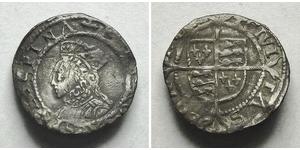
1 Penny Königreich England (927-1649,166 ...
Diese Gruppe hat 6 Münzen / 4 Preise
Add coin to this group

1 Tetradrachm Römische Kaiserzeit (27BC- ...
Diese Gruppe hat 2 Münzen / 1 Preise
Add coin to this group

8 Maravedi Kingdom of Spain (1814 - 1873 ...
Diese Gruppe hat 2 Münzen / 2 Preise
Add coin to this group
1/2 Cent Königreich der Niederlande (1815 - ) Kupfer Wilhelm ...
Diese Gruppe hat 10 Münzen / 10 Preise
⇑

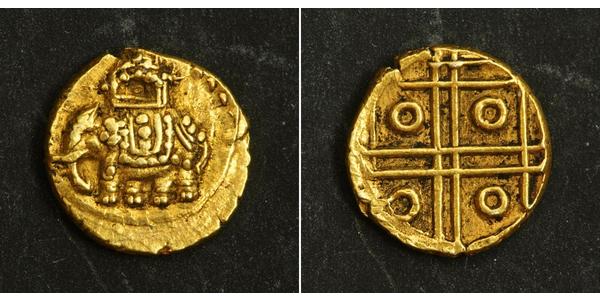





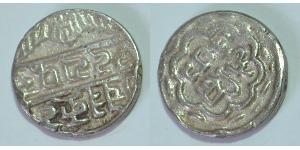
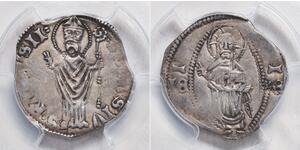


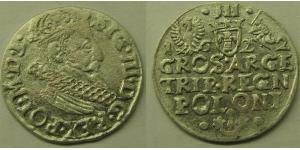

-300-150-ZwusHgTycaAAAAGPadNVj7Mq.jpg)

